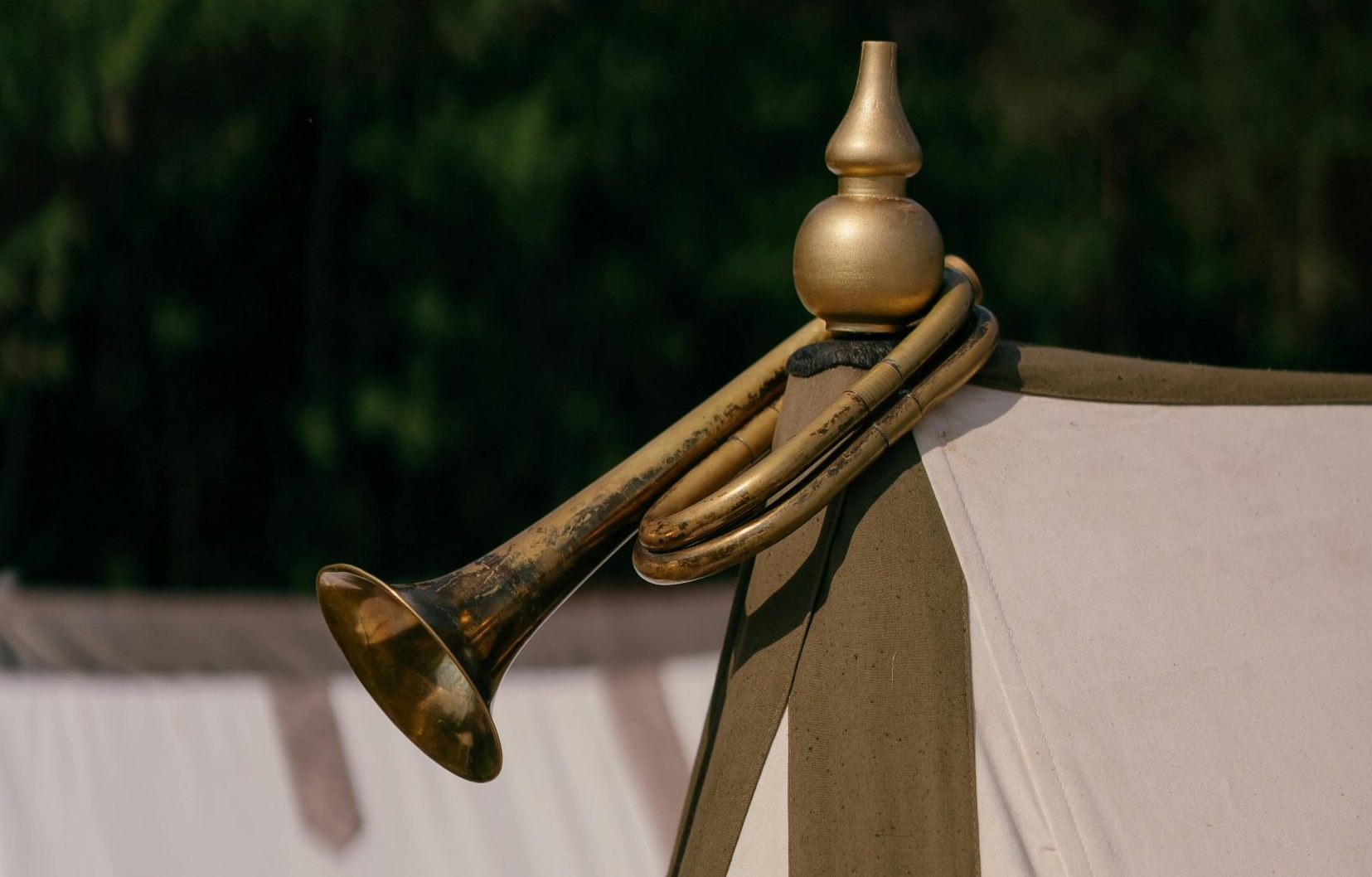Throughout history, brass instruments have been crafted from a variety of materials. Each one shapes the sound, performance, and unique character of the music produced. From wood and leather-covered “serpents” to the silver trumpets and horns we see today, the evolution of these materials reflects changes in craftsmanship, acoustics, and technology. Let’s explore the journey of brass instrument materials and how they impact sound and performance.
Early Brass Instruments: Wood, Leather, and Brass
Before “brass” instruments were made of brass, many used materials like wood, leading to unique designs like the serpent and ophicleide.
The Serpent: An Early Experiment in Wood and Leather
Dating back to the 16th century, the serpent was an unusual, S-shaped instrument, mainly wood with a leather cover for durability. This instrument was the bass of the brass family and supported church music. With finger holes instead of valves, its mellow yet sometimes unstable tone produced a haunting sound. The serpent’s earthy quality was well-suited to its time.
The Ophicleide: Bridging the Gap to Modern Brass
In the 19th century, the ophicleide replaced the serpent. Made of brass with keys rather than finger holes, it offered a consistent, controlled tone. It provided a reliable bass voice in orchestras and military bands and laid the groundwork for the tuba. Though eventually replaced by the tuba, the ophicleide symbolizes a critical phase in brass instrument materials and design.
Transitioning to Metals: Brass, Copper, and Zinc
With the Industrial Revolution, advances in metallurgy led to brass becoming the primary material for these instruments. Brass—an alloy of copper and zinc—allowed for uniform sound production and more refined craftsmanship, revolutionizing instrument design.
The Brass Advantage
Brass is ideal for instruments due to its malleability, durability, and resistance to corrosion. By the late 19th century, brass became standard, enabling developments like the valve system. This allowed for chromatic play and greater versatility, benefiting instruments like the trumpet, horn, and trombone.
Innovations in Silver and Gold Plating
In the 20th century, makers began using silver and gold plating. Silver became popular for trumpets, cornets, and trombones, valued for its aesthetic appeal and tonal warmth. Silver-plated instruments produce a warmer, refined sound suited for classical settings, while rare gold plating adds even warmer tones to high-end instruments.
Modern Brass Instrument Materials: Beyond Metal
Today, brass remains the primary material, but innovations in plastics and carbon fiber are expanding options, especially for educational and marching purposes. Plastic trumpets and trombones are popular with young players due to their lightweight and affordability, making these instruments more accessible.
Impact of Material Evolution on Sound and Performance
Each material in brass history has uniquely shaped sound and playability:
- Wood and Leather – Produced a haunting sound, perfect for early church music.
- Brass – Enabled bright, consistent tones suited for orchestras and military bands.
- Silver and Gold Plating – Added warmth and tonal sophistication, preferred in classical settings.
- Plastics and Carbon Fiber – Made instruments more accessible and durable, ideal for education and outdoor use.
Conclusion
The journey from wood and leather serpents to silver-plated trumpets reflects an ongoing quest for innovation in brass instrument design. Each shift in material has met the demands of its time while redefining sound and performance possibilities. Whether you’re a seasoned musician or a newcomer, understanding these materials deepens appreciation for the timeless and evolving sound of brass instruments.
Ready to explore the world of brass instruments? Whether you’re interested in learning about obscure instruments or finding the perfect trumpet, knowing the history of these materials gives you insight into each instrument’s character and possibilities. Explore our brass rentals today at RentMyInstrument.com!

